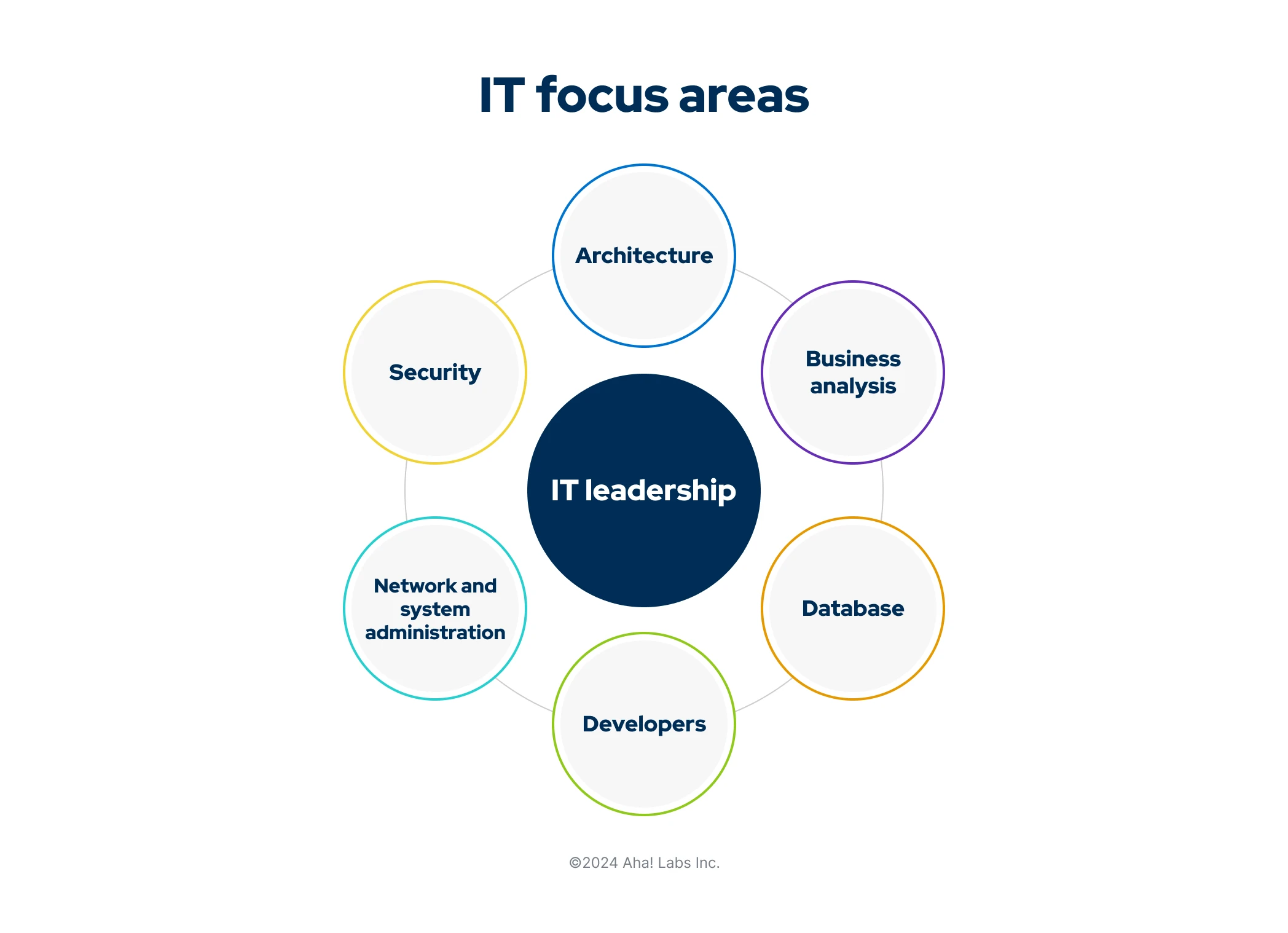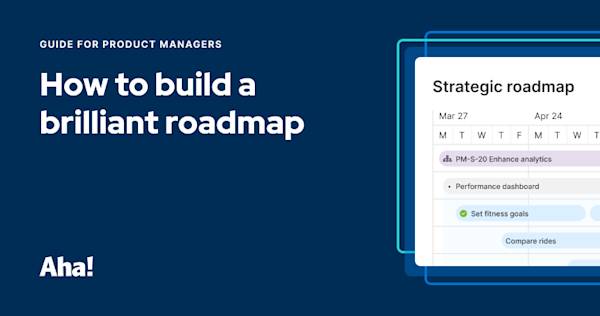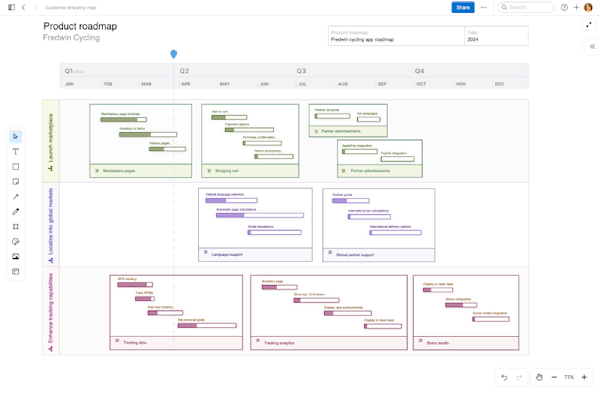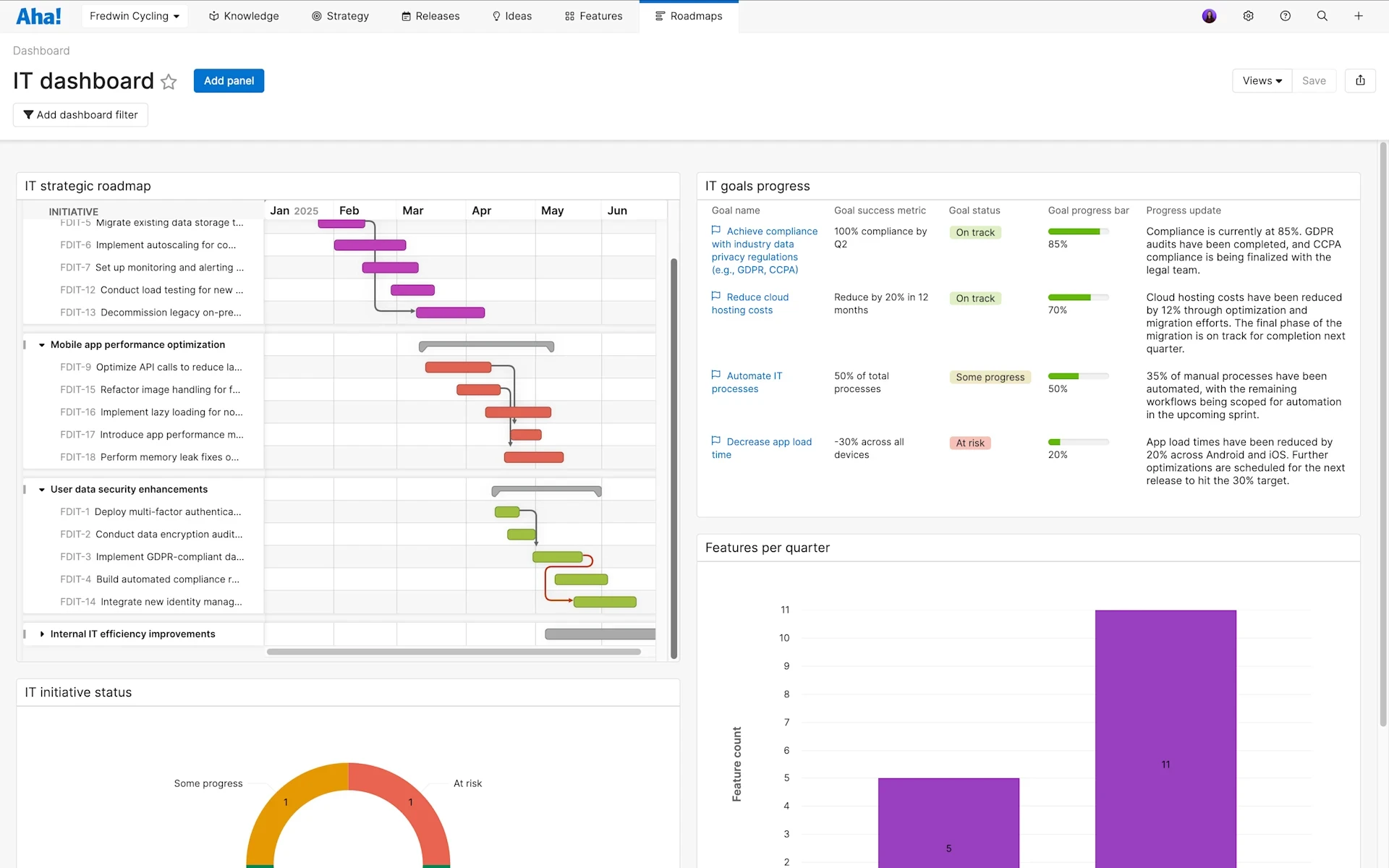IT strategy and business alignment
Last updated: April 2025
Strategy is fundamental to IT success. If you are part of an IT team, you know that IT is no longer reactive, but proactive and innovative. You protect the company from security threats. You implement cutting-edge tools. You are the go-to resource for technology questions, problems, and solutions. With strategy as the connecting thread, IT transforms from a supporting role to a meaningful, value-generating part of the business.
A clear IT strategy will include the overall vision of what the team aims to achieve, plus IT-specific goals and key performance indicators to benchmark performance and track progress. Most importantly, IT strategy clarifies how technology can help the organization meet its broader goals for growth or transformation (a concept often referred to as business-IT alignment).
This guide offers an introduction to both IT strategy and business-IT alignment. Keep reading or jump ahead here:
What is IT strategy?
At a basic level, IT strategy defines what the IT team wants to accomplish and the path you will take to get there. Strategy sets the direction for IT efforts — keeping everyone focused on the work that matters most and bringing order to long lists of tasks and requests.
But the best IT teams know that IT strategy is much more than project planning and budgeting. Rather, it is an opportunity to frame how you contribute to the overall business. In addition to maintaining and upgrading technology infrastructure, IT facilitates company communications, operational efficiency, and business security. A well-crafted IT strategy outlines how the team will provide better experiences to both internal and external customers.
IT strategy is typically led by the chief information officer (CIO), chief technology officer (CTO), or other IT leadership roles that have the best visibility into overall business needs and goals. But everyone on the IT team has a stake. After all, the entire organization uses the systems, software, tools, and data storage that IT provides.

IT strategy components
The process of setting IT strategy involves establishing the team's vision and mission, forming strategic goals, defining the work the team will do to reach those goals, and measuring the impact on the business over time. In general, teams capture this with the following components:
IT strategy component | Definition | Examples |
Vision | A shared blueprint for the future — describing the essence of what the IT team wants to achieve. An IT vision statement should support the company vision. |
|
Mission | Describes the approach the team will take to reach the vision. IT mission statements should generally answer these questions:
|
|
Goals | Time-bound, measurable objectives that describe how the team plans to make progress toward the vision and mission. IT goals should help answer the following questions:
|
|
Initiatives | Big themes of work that will help the IT team reach their goals. Initiatives are typically broken into phases (e.g., planning, architecture, building, deploying, and maintaining) and tend to be long-term, cross-functional projects. |
|
KPIs and metrics | Quantifiable measurements to help the team and organization understand IT performance and value. IT metrics typically relate to work/code quality, reliability, security, efficiency, and team velocity. |
|
In addition to these components, you might also want to consider the following when building an IT strategy:
Target audience: Who are our customers and what makes them happy?
Competitors: What innovative solutions do other IT teams offer?
Business model: Does our IT strategy make sense with the way we do business?
Team culture: Will this approach excite and motivate our team?



